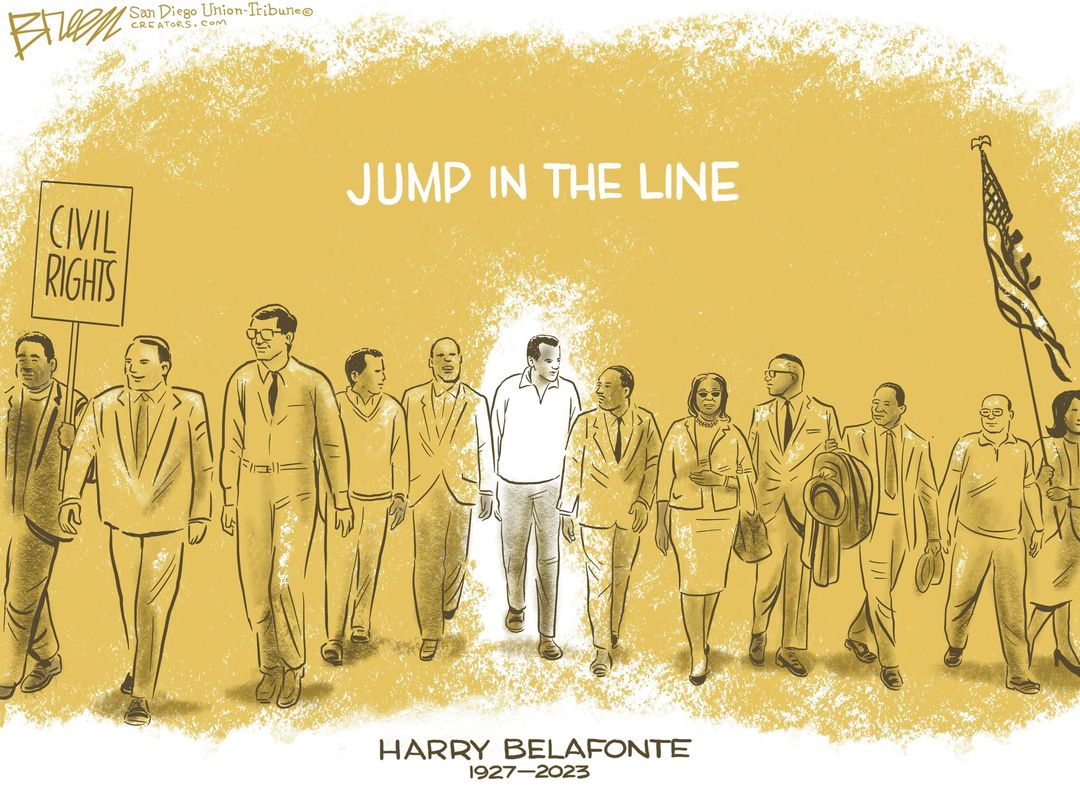The Daily Escape:

Gold Creek Valley, WA – December 2022 photo by Erwin Buske Photography
“A body of men holding themselves accountable to nobody ought not be trusted by anybody.” – Thomas Paine
Welcome to 2023! It seems like a good time to think again about what’s worth fighting for. Paine valued freedom and despised oppression. In 2023, we could substitute the US Supreme Court (SCOTUS) for Paine’s original targets, which were Britain and King George III.
From Ed Walker: (emphasis by Wrongo)
“In case after case, SCOTUS has ignored the trial record, made up its own facts, reached out to take cases before a record can be made, ignored precedent, including precedent about rejecting precedent, invented new Constitutional “doctrines”, taking faked-up cases for the sole purpose of striking down actions…and delaying justice through the shadow docket.”
The Shadow Docket is designed to allow the Court to engage in administrative management of its calendar so that the Justices have sufficient time to rule on emergency applications.
On Dec. 27, we saw an example of the Court’s reactionary majority using the Shadow Docket to extend indefinitely a Trump immigration policy known as Title 42. Trump implemented Title 42 to exclude asylum seekers from the US because they might be carriers of coronavirus.
From Vox’s Ian Millhiser:
“That decision…is typical behavior from the Supreme Court — or, at least, is reflective of this Court’s behavior since a Democrat moved into the White House….It’s the latest example of the Court dragging its feet after a GOP-appointed lower court judge overrides the Biden administration’s policy judgments, often letting that one judge decide the nation’s policy for…an entire year.
And that delay may be the best-case scenario for the Biden administration — and for the general principle that unelected judges aren’t supposed to decide the nation’s border policy. “
Millhiser points out that SCOTUS’ response is very different from when Trump was in office. Back then, the Court frequently raced to reinstate Trump’s policies within days.
The Court’s Conservative Six no longer seem to care about the law or precedent. It’s become a policy-making body in service of Conservative’s religious and social agendas. We should expect It to continue down this path until we reform the Court.
Reform is necessary to protect the legislative prerogatives of Congress, and the prerogatives of the Executive. Oh, and to protect the individual liberties guaranteed by the Constitution.
The NYT’s Adam Liptak says that SCOTUS has been rapidly accumulating power at the expense of every other part of the government. He quotes Mark A. Lemley, a Stanford law professor’s article in The Harvard Law Review:
“The Court has taken significant, simultaneous steps to restrict the power of Congress, the administrative state, the states, and the lower federal courts. And it has done so using a variety of (often contradictory) interpretative methodologies. The common denominator across multiple opinions in the last two years is that they concentrate power in one place: the Supreme Court.”
Non-elected activist judges indeed.
We have historically entrusted courts with the task of determining which rights belong to the people, and the extent to which governments at all levels can exercise their Constitutional powers in controlling the people. We know that courts have always lagged behind the consensus of the American People on issues of rights. But before now, change has come, albeit slowly.
That ended with SCOTUS’ decision in Dobbs, where the Conservative Six ruled that women have no right to control their own bodies.
Earlier, they imposed their religious view that coaches are free to dragoon their players into worshiping the God of the coach’s choice, and that religious leaders are free to spread a pandemic, despite public health officials’ warnings.
Neither Congress nor the President have resisted SCOTUS’s power grab. They haven’t even taken the mild step of imposing ethical requirements on the Court. The other two branches have simply watched the Conservative Six operate in their self-declared role of Philosopher Kings. We now have a Supreme Court tinkering with the Separation of Powers, based solely on political and ideological preference.
As if to justify their power without restraint or oversight, Chief Justice John Roberts recently cited the myth of “three separate and co-equal branches of government.” But that isn’t what the Founders and Framers had in mind, and it isn’t what the Constitution says.
In fact, the judiciary was third in line of power and importance in the minds of the Framers of the Constitution. Article III clearly puts the Supreme Court under the control of Congress. Section 2 is unambiguous:
“[T]he supreme Court shall have appellate Jurisdiction, both as to Law and Fact, with such Exceptions, and under such Regulations as the Congress shall make.”
The founders felt the judiciary was not co-equal. In Federalist 51, James Madison proclaims:
“[I]n republican government the legislative authority, necessarily, predominates.”
In Federalist 78, Alexander Hamilton writes:
“[T]he judiciary is beyond compare the weakest of the three departments of power.”
It’s important to remember that the power to overturn laws passed by Congress and signed by the President was not granted by the Constitution: it was taken by the Court onto itself in 1803 in the case Marbury v Madison.
Soon SCOTUS will rule in Moore v Harper. Moore hinges on a legal proposition known as the “independent state legislature theory.” The theory says that, when it comes to making state laws that apply to federal elections — from drawing congressional district lines, to determining the who-what-when-where of casting a ballot — only the state legislature itself has the power to set the rules.
Moore is an opportunity for the court to reject radicalism, but SCOTUS may upend our democracy with their decision.
SCOTUS has legalized bribery of politicians (Citizens United) and ignored potentially seditious behavior by its own members and their families. Not to mention exceeding its Constitutional authority by inserting itself into political issues, now with startling regularity.
It’s time to reign in the Supremes before they reign over us.




























